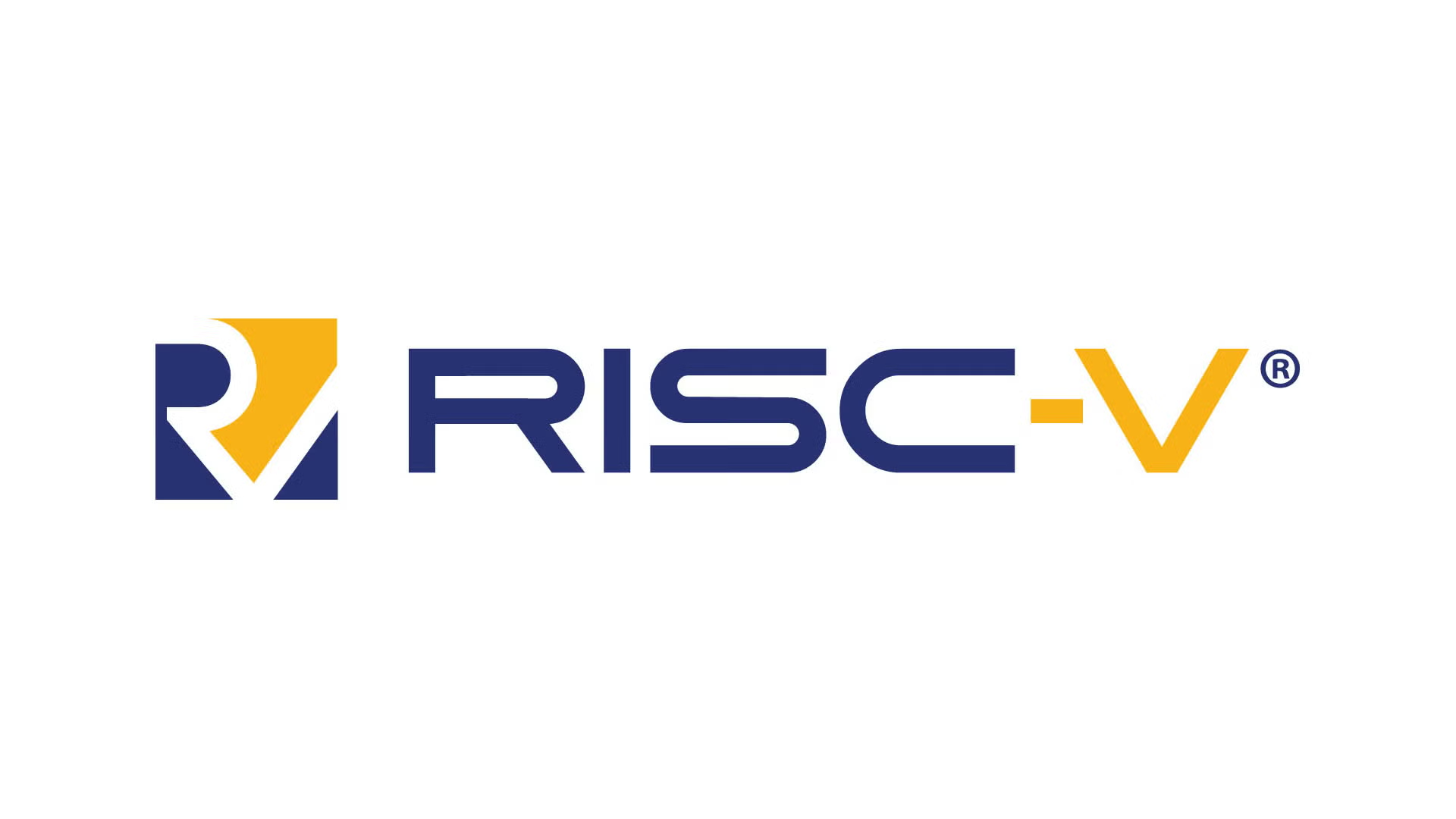Cross-Compiling for RISC-V: A Comprehensive Guide to Building on riscv64gc-unknown-linux-gnu
Cross-Compiling for RISC-V: A Comprehensive Guide to Building on riscv64gc-unknown-linux-gnu
Introduction
The RISC-V architecture, with its open-source instruction set, has sparked a revolution in hardware design, offering
flexibility and accessibility for developers worldwide. As RISC-V gains traction in embedded systems, IoT, and even
high-performance computing, the ability to cross-compile software for RISC-V targets like riscv64gc-unknown-linux-gnu
becomes a critical skill. This guide takes you from zero to hero, providing a step-by-step, hands-on tutorial for
setting up a robust cross-compilation environment on a Linux system, specifically targeting the
riscv64gc-unknown-linux-gnu architecture.
Whether you’re building a lightweight application for a RISC-V single-board computer or contributing to open-source projects, this tutorial blends theory with practical examples, ensuring you understand both the “how” and the “why.” We’ll cover toolchain setup, dependency installation, Rust and C/C++ cross-compilation, and even emulate the compiled binaries using QEMU. By the end, you’ll have a working binary running on a simulated RISC-V environment, along with the confidence to tackle real-world RISC-V projects.
Let’s dive into the world of RISC-V with precision and a touch of elegance.
Prerequisites
Before we begin, ensure you have:
- A Linux system (Ubuntu 20.04 or later recommended).
- Administrative privileges (
sudo) for installing dependencies. - Basic familiarity with terminal commands and programming in C/C++ or Rust.
- An internet connection for downloading tools and dependencies.
Step 1: Understanding the Target and Toolchain
What is riscv64gc-unknown-linux-gnu?
The target triple riscv64gc-unknown-linux-gnu describes:
- Architecture:
riscv64(64-bit RISC-V). - Extension:
gc(includes general-purpose extensions: I, M, A, F, D, C for integer, multiplication, atomic, floating-point, double-precision, and compressed instructions). - Vendor:
unknown(no specific vendor). - OS:
linux(Linux operating system). - ABI:
gnu(GNU C Library, glibc).
This is a common target for RISC-V Linux systems, compatible with devices like the SiFive HiFive Unleashed or VisionFive boards.
Why Cross-Compile?
Cross-compilation allows you to build software on one system (e.g., x86_64 Linux) for a different architecture (RISC-V). This is essential when:
- The target device lacks the resources to compile code natively.
- You want to streamline development on a more powerful host machine.
Toolchain Overview
To cross-compile, we need:
- A compiler (e.g.,
gcc-riscv64-linux-gnufor C/C++, Rust for Rust code). - Linker and libraries compatible with the target (e.g.,
lld,libssl-dev). - Emulator (
qemu-user) to test binaries without physical hardware. - Additional libraries for specific features (e.g.,
libwebkit2gtk-4.1-devfor webkit support,libwayland-devfor Wayland).
Step 2: Setting Up the Environment
Installing Dependencies
Let’s install the required dependencies on an Ubuntu-based system. Open a terminal and run:
sudo apt-get update
sudo apt-get install -y \
gcc \
pkg-config \
libssl-dev \
lld \
libdbus-1-dev \
libwayland-dev \
libwebkit2gtk-4.1-dev \
libxdo-dev \
build-essential \
openssl \
gcc-riscv64-linux-gnu \
qemu-userExplanation of Dependencies
- gcc, build-essential: Provides the base C/C++ compiler and build tools.
- gcc-riscv64-linux-gnu: Cross-compiler for RISC-V 64-bit.
- lld: A fast linker, useful for cross-compilation.
- libssl-dev, openssl: Cryptography libraries for secure applications.
- libdbus-1-dev: For D-Bus communication (inter-process communication).
- libwayland-dev: For Wayland protocol support (modern display server).
- libwebkit2gtk-4.1-dev: For embedding web content in GTK applications.
- libxdo-dev: For X11 automation (e.g., mouse/keyboard simulation).
- qemu-user: Emulates RISC-V binaries on the host system.
- pkg-config: Helps locate libraries during compilation.
Verify the installation:
gcc-riscv64-linux-gnu-gcc --version
qemu-riscv64 --versionYou should see version information for the RISC-V GCC toolchain and QEMU.
Step 3: Cross-Compiling a C Program
Let’s start with a simple C program to demonstrate the cross-compilation process.
Example: Hello World in C
Create a file named hello.c:
#include <stdio.h>
int main() {
printf("Hello, RISC-V World!\n");
return 0;
}Compiling for RISC-V
Compile the program using the RISC-V GCC toolchain:
riscv64-linux-gnu-gcc -o hello_riscv hello.cThis generates a binary hello_riscv for the RISC-V architecture.
Verifying the Binary
Check the binary’s architecture:
file hello_riscvOutput:
hello_riscv: ELF 64-bit LSB executable, RISC-V, version 1 (SYSV), dynamically linked, interpreter /lib/ld-linux-riscv64-lp64d.so.1, for GNU/Linux 5.4.0, not strippedRunning with QEMU
Since you likely don’t have RISC-V hardware, use QEMU to emulate:
qemu-riscv64 ./hello_riscvOutput:
Hello, RISC-V World!If you encounter a library error (e.g., missing libc), ensure your system has the appropriate RISC-V libraries or use
a static build:
riscv64-linux-gnu-gcc -static -o hello_riscv hello.c
qemu-riscv64 ./hello_riscvStatic linking bundles all dependencies, making the binary portable.
Step 4: Cross-Compiling with Rust
Rust is a modern systems programming language with excellent cross-compilation support, making it ideal for RISC-V projects.
Installing Rust
Install Rust using rustup:
curl --proto '=https' --tlsv1.2 -sSf https://sh.rustup.rs | sh
source "$HOME/.cargo/env"Verify:
rustc --versionAdding the RISC-V Target
Add the riscv64gc-unknown-linux-gnu target to Rust:
rustup target add riscv64gc-unknown-linux-gnuCreating a Rust Project
Create a new Rust project:
cargo new riscv_hello
cd riscv_helloEdit src/main.rs:
fn main() {
println!("Hello, RISC-V from Rust!");
}Configuring the Linker
Rust requires a linker for the target architecture. Create a .cargo/config.toml file in the project directory:
[target.riscv64gc-unknown-linux-gnu]
linker = "riscv64-linux-gnu-gcc"This tells Cargo to use the RISC-V GCC linker.
Building the Project
Build for RISC-V:
cargo build --target riscv64gc-unknown-linux-gnu --releaseThe binary is located at target/riscv64gc-unknown-linux-gnu/release/riscv_hello.
Running with QEMU
Run the binary:
qemu-riscv64 target/riscv64gc-unknown-linux-gnu/release/riscv_helloOutput:
Hello, RISC-V from Rust!Step 5: Advanced Example – Building a Webkit-Based Application
Let’s build a more complex application using WebkitGTK to demonstrate the use of libwebkit2gtk-4.1-dev.
C Example: Mini Web Browser
Create mini_browser.c:
#include <webkit2/webkit2.h>
#include <gtk/gtk.h>
static void destroy_window_cb(GtkWidget* widget, gpointer data) {
gtk_main_quit();
}
int main(int argc, char* argv[]) {
gtk_init(&argc, &argv);
GtkWidget* window = gtk_window_new(GTK_WINDOW_TOPLEVEL);
gtk_window_set_title(GTK_WINDOW(window), "RISC-V Mini Browser");
gtk_window_set_default_size(GTK_WINDOW(window), 800, 600);
GtkWidget* web_view = webkit_web_view_new();
GtkWidget* scrolled_window = gtk_scrolled_window_new(NULL, NULL);
gtk_container_add(GTK_CONTAINER(scrolled_window), web_view);
gtk_container_add(GTK_CONTAINER(window), scrolled_window);
g_signal_connect(window, "destroy", G_CALLBACK(destroy_window_cb), NULL);
webkit_web_view_load_uri(WEBKIT_WEB_VIEW(web_view), "https://www.example.com");
gtk_widget_show_all(window);
gtk_main();
return 0;
}Compiling with Dependencies
Compile the program, linking against WebkitGTK and GTK:
riscv64-linux-gnu-gcc -o mini_browser mini_browser.c \
$(pkg-config --cflags --libs webkit2gtk-4.1 gtk+-3.0)Running with QEMU
Running GUI applications in QEMU is tricky without a full system emulator. For testing, you may need a RISC-V device or a full QEMU system emulation setup. Alternatively, verify the binary:
file mini_browserIf you have a RISC-V device with a graphical environment, transfer and run:
qemu-riscv64 ./mini_browserStep 6: Troubleshooting Common Issues
- Missing Libraries:
- Error:
cannot find -lsslor similar. - Solution: Ensure
libssl-devand other-devpackages are installed.
- Linker Errors:
- Error:
unknown target. - Solution: Verify the linker (
riscv64-linux-gnu-gcc) is in your PATH.
- QEMU Fails:
- Error:
qemu-riscv64: Could not open .... - Solution: Use static linking (
-static) or install RISC-V libraries.
- Rust Target Not Found:
- Error:
target 'riscv64gc-unknown-linux-gnu' not found. - Solution: Run
rustup target add riscv64gc-unknown-linux-gnu.
Step 7: Best Practices and Optimization
- Static Linking: Use
-staticfor portability when targeting devices without matching libraries. - Optimize Binaries: Use
-O2or-O3for performance, e.g.,riscv64-linux-gnu-gcc -O2 -o hello hello.c. - Minimal Dependencies: Only include necessary libraries to reduce binary size.
- Testing: Always verify binaries with
fileand test with QEMU before deploying. - Toolchain Updates: Regularly update
apt-getpackages andrustupto avoid compatibility issues.
Conclusion
Cross-compiling for riscv64gc-unknown-linux-gnu opens the door to the exciting world of RISC-V development. From
simple “Hello World” programs to sophisticated Webkit-based applications, this guide has equipped you with the tools,
knowledge, and confidence to build and test RISC-V software. By leveraging GCC, Rust, and QEMU, you can prototype and
deploy applications without needing physical hardware.
RISC-V’s open nature invites innovation, and your journey has just begun. Experiment with more complex projects, explore kernel development, or contribute to the RISC-V ecosystem. The future is open—build it with elegance and precision.
Additional Resources
This guide assumes Ubuntu as the host system. For other distributions, adjust package names (e.g., use dnf for
Fedora). If you encounter specific issues or want to dive deeper into a topic, let me know!
版权声明:自由转载-非商用-非衍生-保持署名(创意共享3.0许可证)






